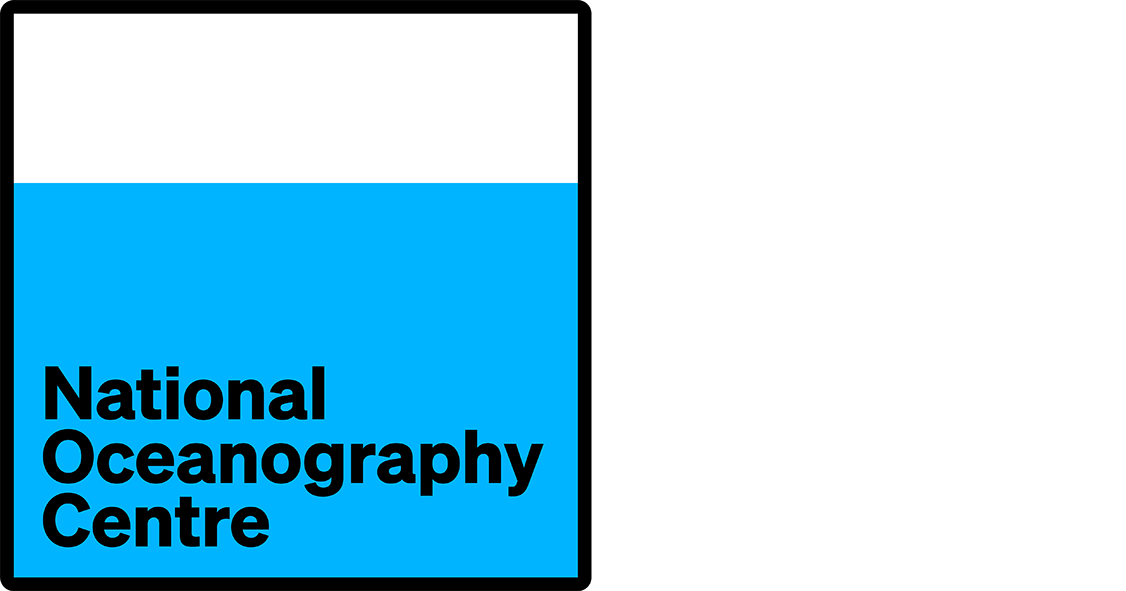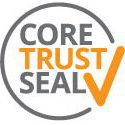- Resources
- Inventories
- Cruise inventory
- Report
- 15652
FRV Scotia 1214S
Cruise plan
| Cruise Info. | |
| Ship name (ship code) | FRV Scotia (748S) |
| Cruise identifier | 1214S |
| Cruise period | 2014-08-26 — 2014-09-06 |
| Status | Completed |
| Port of departure | Aberdeen, United Kingdom |
| Port of return | Scrabster, United Kingdom |
| Purpose | Research |
| Objectives | Objectives
1. To undertake the bottom trawl survey of haddock on the Rockall Plateau to depths of 350 m. 2. To deploy a CTD at selected trawl stations to collect temperature and salinity profiles. 3. To collect samples (genetics and otoliths) for key species for population studies, contaminant studies and other requests, e.g. MSFD litter recording. 4. To collect sediment samples at selected stations Procedure The primary objective of this part of the survey is to assess the state of the haddock stock on the Rockall Plateau. The Rockall haddock surveys employs a semi random stratified survey design comprising four sampling strata separated according to depth. Sampling intensity within each of the four strata reflects the fish density observed in each of the strata using haddock abundance data from previous surveys. Trawling will be carried out during the hours of daylight at randomly selected locations within the 350 metre contour. Forty primary tow positions have been generated. The number of stations within each depth strata is as follows: four stations at 0-150 m, 20 stations at 150-200 m, 11 stations at 200-250 m and five stations at 250-350 m. Where time allows two additional hauls will be conducted outside our strata (at depth below 350 m). These correspond to the positions used in the 2014 monkfish survey where haddock were found. A further 20 secondary stations have been generated to provide alternatives should any primary station prove unfishable. One haul of 30 minutes duration will be made at each sampling station. Daily start times for survey stations will be at approximately 0600 h and continue until approximately 2000 h. The Scanmar system will be used to monitor wing spread, door spread and distance covered during each haul. A bottom contact sensor will be mounted on the footrope to record the distance of the trawl off the seabed. Catches will be worked up according to the protocols for International Bottom Trawl Surveys. A CTD will be deployed at selected trawl stations. At night there will be sediment sampling using Day or Van Veen grabs. The positions of these will be decided on a day to day basis depending on vessel location at the end of each trawling period. Normal contacts will be maintained with the Laboratory. |
| Chief scientist | James Drewery (Marine Scotland Aberdeen Marine Laboratory) |
| Cruise programme | |
| Ocean/sea areas | |
| General | North East Atlantic Ocean (limit 40W) |
| Specific | Rockall Plateau |


